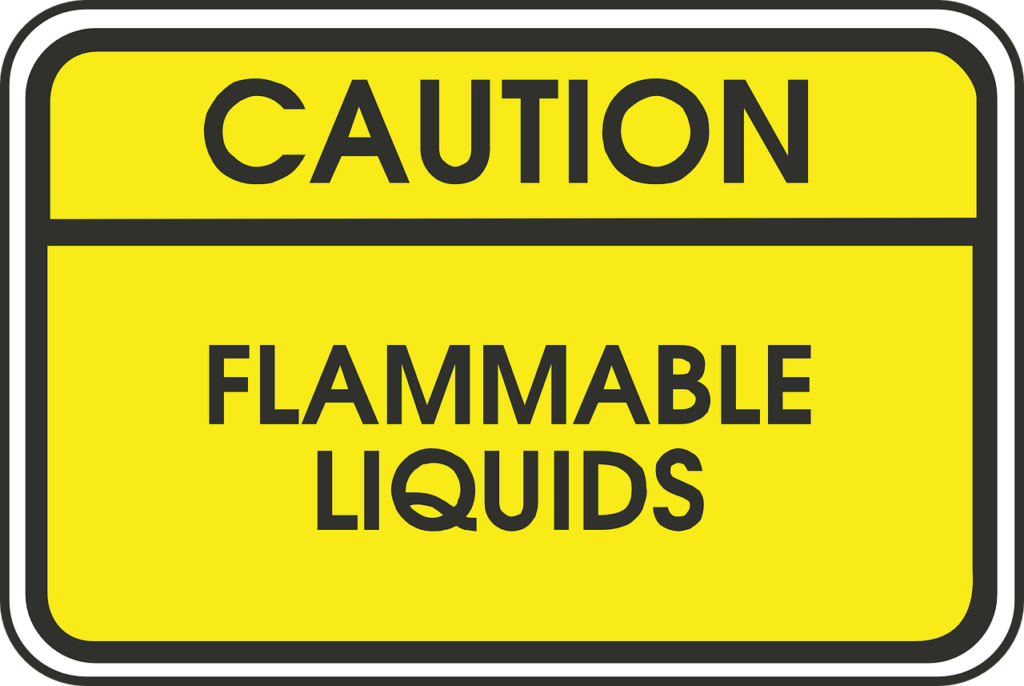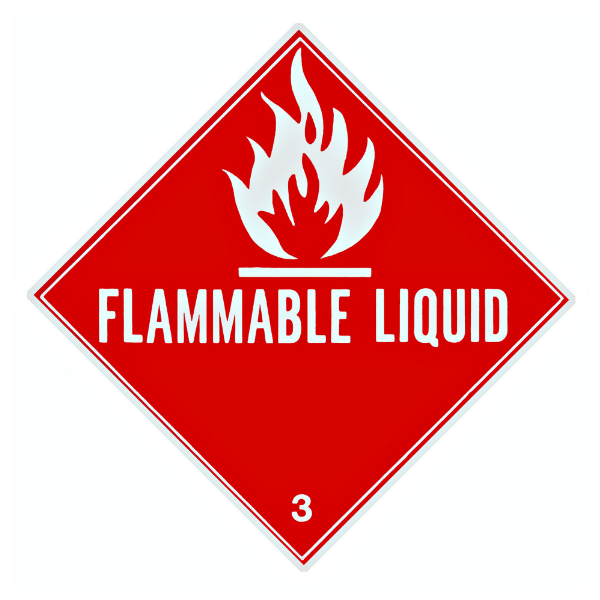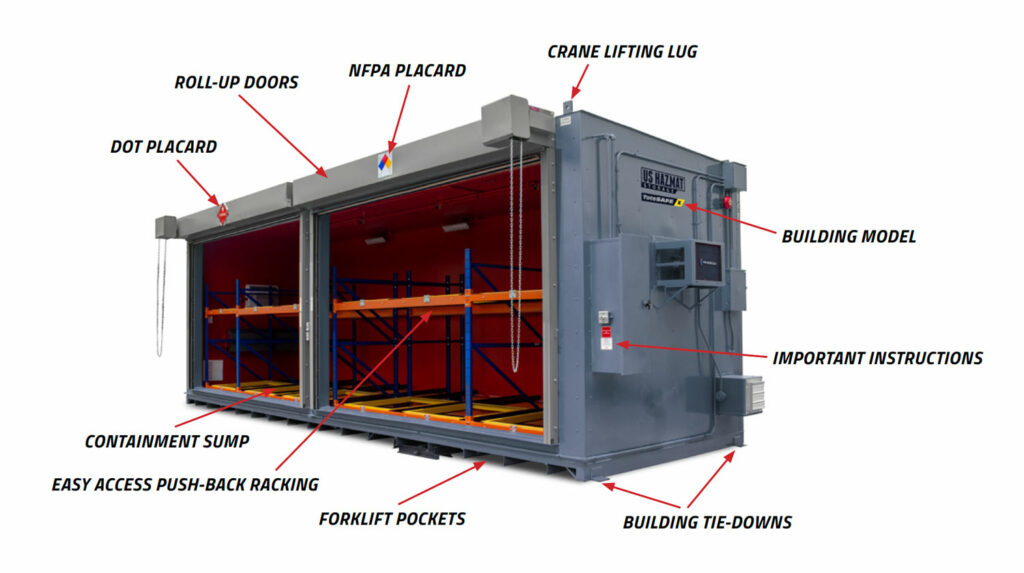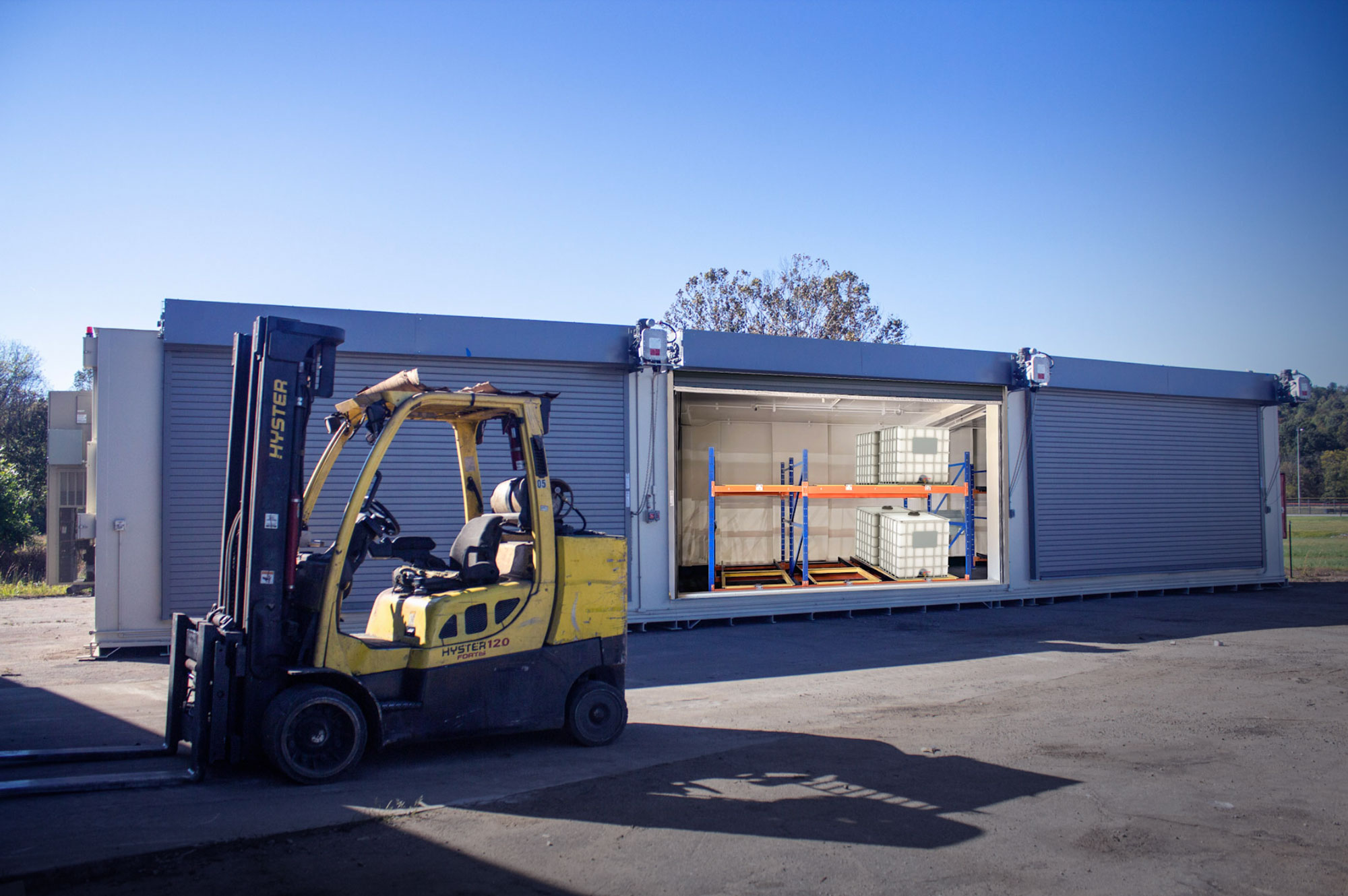When Stored Properly, Flammable Liquids Can Save You Money and Prevent Safety Hazards.
What would you do with a bottle of Coca-Cola that accidentally falls to the ground during your lunch break? Would you immediately open the bottle? Of course not. Unless you’re trying to fabricate an excuse to go home early, you would probably wait until your afternoon break to open the bottle. Why is that? The answer is simple chemistry: dropping volatile contents produce a chemical reaction that needs time to simmer down before being exposed to the immediate environment. This same lesson can be applied to chemical storage. Flammable liquids must be well-contained, ventilated, and isolated with their immediate environment, so the chemical or its vapors do not pose a fire threat.
What is a Flash Point?


When storing hazardous materials, the term “flash point” will come up often in the conversation. A flashpoint is the temperature in which particular hydrocarbons give off just enough vapor to ignite the immediate air around it. In handling dangerous chemicals, it’s not just the liquid itself you have to worry about. Flammable liquids emit vapors that can also be flammable or toxic by the way of inhalation. So for these reasons, you must work fervently to ensure both proper containment and ventilation on the job site. Pentane, petroleum products, benzene, ethanol and acetone all have low flash points, so extra care must be taken when dealing with these flammable liquids.
Hazard Classification for Flammable Liquids
What is a flammable liquid? Learn more about flammable and combustible liquids and their hazard classifications here. Below is a run-down of the flammable liquids with the lowest flashpoints. Fire-rated chemical storage buildings from U.S. Hazmat Storage can safely accommodate all of these dangerous chemicals. Mechanical ventilation and climate control ensure flammable liquids never see their temperatures reach these dangerous levels. Always remember to keep lids or caps on all drums of flammable liquids and totes.
| Class | Flash Point | Examples |
| I-A | below 73°F (23°C) | diethyl ether, pentane, ligroin, petroleum ether |
| I-B | below 73°F (23°C) | acetone, benzene, cyclohexane, ethanol |
| I-C | 73-100°F (24-38°C) | p-xylene |
Hazard Classification for Combustible Liquids
| II | 101-140°F (39-60°C) | diesel fuel, motor oil, kerosene, cleaning solvents |
| III-A | 141-199°F (61-93°C) | paints (oil base), linseed oil, mineral oil |
| III-B | 200°F (93°C) or above | paints (oil base), neatsfoot oil |
Following Protocol When Transferring Flammable Liquids

Proper storage and ventilation for flammable liquids is only part of the chemical equation of removing catalysts for disaster. Solvents, including acetone, cleaners, and acids, can be common on any job site, so extreme caution must be taken when transferring large quantities. Often high volume materials are contained in liquid chemical storage totes or industry standard 55 gallon chemical storage drums to be transfered into smaller workflow processes. When in storage, the totes, drums, and pales much be properly maintained, ventiliated, and climate controled. Advanced protection including fire-suppression systems along with secondary spill containment are also necessary safety requiments. All of these safety measures are provided by US Hazmat Storage in our solutions designed and engineered to meet your unique needs and storage requirements. Our buildings meet all OSHA, EPA, NFPA and include UL Certified components to ensure proper storage at your facility.
The inability to follow transfer protocols can result in serious complications to personnel including burns, scarring, and respiratory ailments. Many of these accidents can occur while trying to tip larger chemical drums and pour the flammable liquids into smaller containers. Proper ventilation is critical for adequite air-turnover prior to entry by your workforce. Chaos can quickly envelop the entire situation when friction from wiping down any spills can spark a fire. You have to also remain mindful of any vapor trail emitting toxic elements back to the prime source. Explosion-proof eletrconics and eletrical design is a must for these storage buildings to ensure a spark never ignites a flammable vapor. Static electricity grounding can help mitigate instantaneous combustions by bonding metal vessels firmly with bonding straps or wires to both containers as well as the ground to serve as a ground. It’s also important to make chemical transfers in well-ventilated areas. U.S. Hazmat Storage’s 2-hour fire-rate and 4-hour fire-rated storage buildings provide various degrees of protection, compliance, and safety to address these issues and to simplify chemical storage of flammable liquids in your processes.


